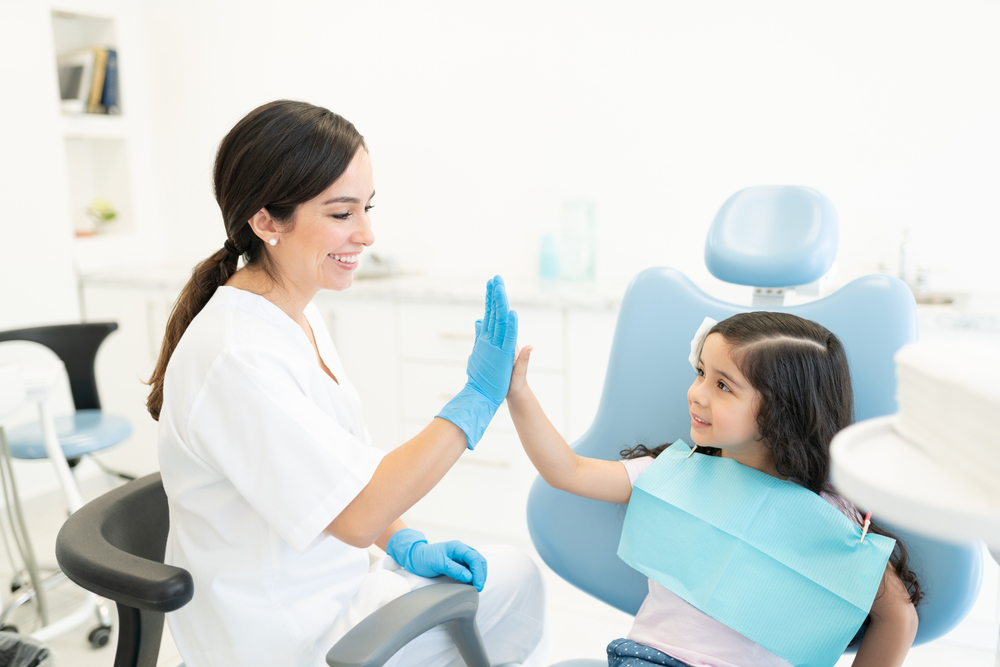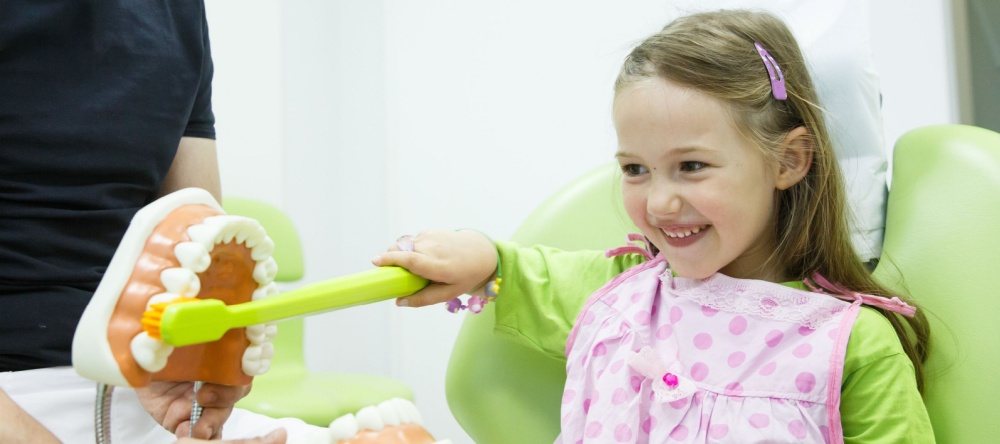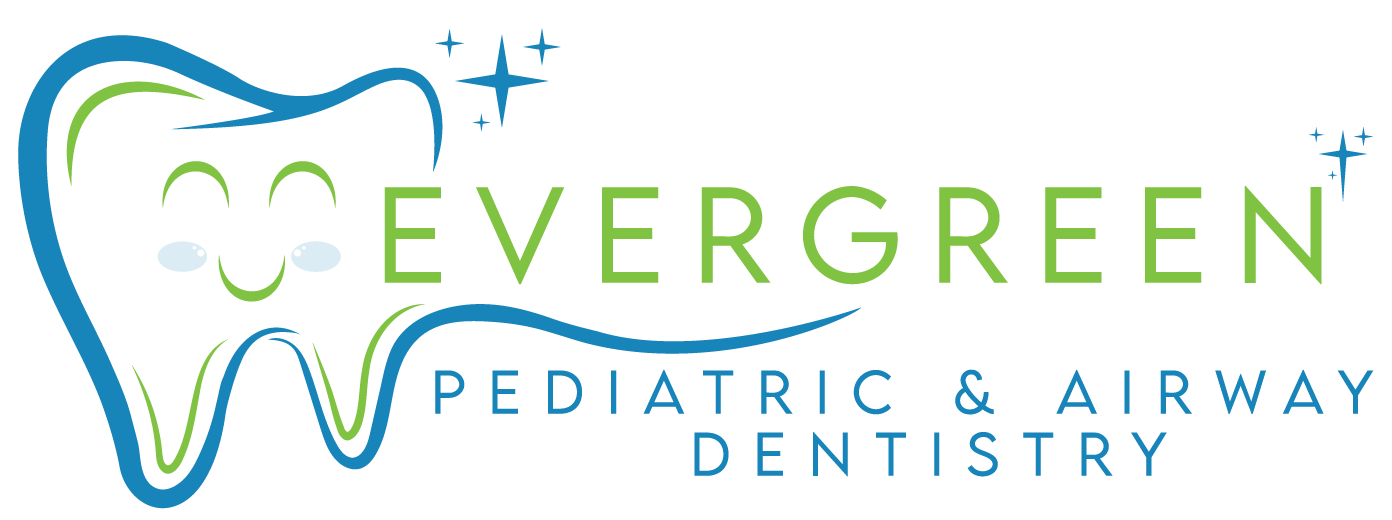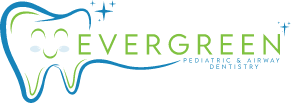How to Make Brushing and Flossing Fun for Your Kids
Getting kids excited about brushing and flossing their teeth can feel like an uphill battle. Yet, instilling good oral hygiene habits early is crucial for your child’s health. The good news? With a bit of creativity, you can transform dental routines from a chore into a delightful part of the day.
A smile that lasts a lifetime starts with good habits in childhood. We all want our children to have healthy teeth, but getting them to brush and floss regularly can feel like a never-ending battle. Many parents struggle with making dental care appealing to kids. But what if brushing and flossing could be as fun as playtime? With a little creativity and the right approach, it can be!
In this guide, we’ll explore engaging strategies for making brushing and flossing fun for your kids, emphasizing the importance of children’s oral health along the way. From creative techniques to building a positive relationship with their pediatric dentist, we’ve got you covered. Let’s get started on this toothy adventure!
Understanding the Importance of Oral Hygiene
The Science Behind Tooth Care
To understand why brushing and flossing are essential, it’s helpful to know what’s happening inside those tiny mouths. Plaque, a sticky film of bacteria, continually forms on the surface of teeth. If not removed, it can lead to tooth decay and gum disease. Fluoride plays a significant role here by strengthening enamel and preventing cavities.
For kids, these early dental habits are building blocks for lifelong health. Teaching them about plaque and fluoride can be a fun science lesson that illustrates the “why” behind daily brushing and flossing. Remember to keep explanations simple and engaging for young minds.
The Role of Parents in Oral Hygiene
Parents are vital in shaping their child’s attitude towards dental care. Studies show that children whose parents are actively involved in their oral hygiene have better dental health outcomes. This means setting a good example and being hands-on with their dental routines.
Start by brushing and flossing together, turning it into a family activity. Talk openly about dental health and make it a regular part of your conversations. When kids see their parents prioritizing oral care, they’re more likely to follow suit.
Educating Kids About Oral Health
Starting education young is key. Make learning about oral health fun with interactive activities. You can create games that teach the names of different teeth or use toys to demonstrate proper brushing techniques. Engaging content like videos or storybooks about visiting the dentist can make oral health relatable.
Involve your children in selecting their own toothbrushes and toothpaste. When kids have a say in their dental tools, they’ll feel more invested in using them. Opt for colorful brushes with their favorite characters and toothpaste in flavors they enjoy.

How to Make Kids Brushing Fun
Why Dental Hygiene is Important for Kids
Benefits of Good Dental Hygiene
Establishing strong dental hygiene habits benefits more than just teeth. A healthy mouth contributes to overall well-being by preventing painful tooth and gum issues that can affect eating, speaking, and confidence. Plus, who doesn’t want a bright, happy smile?
Good oral health in childhood sets the stage for healthy adult teeth. It reduces the risk of cavities and the need for fillings or extractions. Kids with healthy teeth tend to feel better about themselves and are less likely to miss school due to dental problems.
Potential Consequences of Poor Dental Hygiene
Skipping regular brushing and flossing can lead to tooth decay, gum disease, and bad breath. These issues can be uncomfortable and require costly dental treatments. In severe cases, untreated dental problems can impact a child’s ability to eat and speak properly.
Understanding the consequences helps children grasp the importance of caring for their teeth. Explain to them in simple terms what might happen if they don’t brush and floss regularly. Use fun metaphors to illustrate how cavities are like pesky little monsters that love sugar.
Statistics on Dental Health in Children
The numbers can be eye-opening. According to the Centers for Disease Control and Prevention (CDC), about 20% of children aged 5 to 11 have at least one untreated decayed tooth. Regular dental visits and consistent oral hygiene at home can drastically reduce this statistic.
Knowing these facts can motivate both parents and children to take oral hygiene seriously. It’s an investment in health that pays off in the long run.
Educating Kids About Their Teeth in a Fun Way
Different Types of Teeth and Their Functions
Children have unique sets of teeth with specific roles. Teaching them about their incisors, canines, and molars can be an adventure. Incisors are great for biting into apples, while molars mash up veggies. Explain these functions in a playful manner to capture their interest.
You can use fun props or a tooth chart to show which teeth do what. This knowledge gives kids a sense of pride and understanding about their own mouths.
Using Props or Visuals
Visual aids make learning more engaging. Consider using animal teeth models or drawings that kids can color. You can also use clay or playdough to model different teeth and their shapes.
Turn learning into an arts and crafts session where kids create their own set of teeth. This hands-on experience reinforces the information and makes it memorable.
Importance of Baby Teeth
Baby teeth may be temporary, but they’re important. They hold space for permanent teeth and play a role in speech development. Good care of baby teeth helps ensure that permanent teeth grow healthy and properly aligned.
Explain to your child that, like superheroes, baby teeth are small but mighty. Their job is to protect their future smiles, stressing the importance of taking care of them every day.

Kids Oral Health
The Power of Choice: Letting Kids Decide
Choosing Toothbrushes and Toothpaste
Kids love making their own choices, and picking out dental products is no exception. Allow your child to choose their toothbrush and toothpaste flavors. This sense of ownership often results in more enthusiastic participation in brushing routines.
Look for toothpaste flavors that appeal to children, like bubblegum or fruit. Themed toothbrushes with superheroes or cartoon characters can make brushing an exciting part of their daily routine.
Themed Toothbrushes
Themed toothbrushes aren’t just fun—they’re motivating. When kids associate their favorite characters with brushing, it turns a mundane task into something they look forward to. This approach fosters a positive attitude toward oral care.
Next time you’re shopping for dental products, consider letting your child choose a themed toothbrush. This small decision can make a big difference in their engagement.
Psychological Effects of Choice
Research shows that giving children choices can increase motivation and commitment to tasks. When kids feel they have control over aspects of their lives, they’re more likely to take responsibility for them.
By empowering your child with choices, you’re not only enhancing their oral care but also fostering independence. It’s a win-win situation for both parents and kids.
Tips to Make Brushing and Flossing Fun
Creative Tooth Brushing Techniques
Brushing doesn’t have to be boring. Make it fun by using a timer or playing their favorite song. Challenge your child to brush for the duration of a song, turning it into a dance party.
Establish a consistent routine by brushing at the same time every day. Kids thrive on routine, and when brushing becomes a habit, they’re more likely to stick with it.
Fun Flavored Toothpaste and Floss
Explore different toothpaste flavors to find what your child enjoys most. From watermelon to bubblegum, these flavors can turn brushing into a treat. Just be sure to choose options with fluoride for cavity protection.
Flavored floss is another way to make dental care enjoyable. Try different varieties until you discover their favorite, and encourage them to floss regularly.
Reward System for Good Oral Hygiene
Positive reinforcement works wonders. Create a reward system to motivate your child to maintain good oral hygiene. Stickers, small toys, or extra screen time are great incentives.
Track their progress on a chart and celebrate their achievements. Rewards not only encourage consistency but also make oral care a fun part of their daily routine.

Tips for Making Brushing Fun
Incorporating Brushing into Daily Routines
Establishing Consistent Times
Consistency is key to building habits. Schedule brushing at the same times each day, like after breakfast and before bedtime. This routine helps normalize oral care as an essential part of their day.
Explain to your child why regular brushing is important, and involve them in creating their schedule. This consistency sets them up for a lifetime of healthy habits.
Pairing with Other Activities
Make brushing part of an enjoyable routine. Link it with other activities, like family game night or a post-bath ritual. This association creates a positive connection with oral care.
Encourage siblings and parents to brush together. Family brushing sessions promote teamwork and accountability while making dental care a shared experience.
Involving Siblings and Parents
Incorporate brushing into family time. Brush alongside your child and make it a fun bonding activity. Modeling good habits teaches your child the value of oral care.
Siblings can also motivate each other. Creating a friendly competition or challenge encourages everyone to participate in maintaining oral health.
Visiting the Dentist: A Positive Experience
Importance of Regular Dental Check-Ups
Regular dental visits are crucial for maintaining children’s oral health. These appointments help catch potential issues early and ensure that their teeth are developing correctly.
Prepare your child by explaining what to expect and emphasizing the positives. Knowing the dentist is a partner in keeping their teeth healthy creates a positive association.
Preparing for Dental Visits
Ease your child’s nerves by discussing the dental visit in advance. Role-play the experience using toys or books to familiarize them with what will happen.
Highlight the fun aspects, like getting a new toothbrush or choosing a prize. This anticipation can transform dental visits from daunting to exciting.
Evergreen Pediatric Dentistry’s Child-Friendly Environment
Evergreen Pediatric Dentistry excels in creating a warm, welcoming atmosphere. Their child-friendly approach makes dental visits enjoyable and stress-free.
Choosing a practice that caters to children’s needs ensures a positive experience. Ask about their educational resources and activities to engage your child during visits.
The Evergreen Pediatric Dentistry Approach
Choosing a Good Pediatric Dentist
Selecting the right pediatric dentist is essential for your child’s oral health. Look for practices that prioritize education and make dental care enjoyable.
A dentist who understands children’s needs can make a significant difference in their experience. This positive foundation sets the tone for a lifetime of healthy dental habits.
Child-Friendly and Educational Approach
Evergreen Pediatric Dentistry excels in creating a welcoming environment for children. Their child-friendly approach ensures that dental visits are comfortable and enjoyable.
Educational resources and activities help children learn about oral health in a fun way. This emphasis on education fosters positive attitudes towards dental care.
Finding a Practice That Caters to Children
When choosing a dental practice, look for one that prioritizes children’s needs. A welcoming environment and engaging approach can make all the difference in your child’s experience.
Take the time to research practices and find one that aligns with your family’s values. Your child’s dental health deserves a supportive and nurturing environment.
Conclusion
Empowering your child with choices, making brushing and flossing fun, and finding a child-friendly dental practice are crucial steps in promoting good oral hygiene habits. By incorporating oral care into daily routines and creating positive associations with dental visits, you can set your child up for a lifetime of healthy teeth and gums. And with the support of Evergreen Pediatric Dentistry’s child-friendly approach, you can ensure that your child receives the best possible dental care experience. Remember, it’s never too early to start teaching good oral health habits – investing in your child’s smile today will benefit them for years to come. So make sure to prioritize their oral health by implementing these tips and seeking out a pediatric dentist who understands and caters to your child’s needs. By working together, we can help our children develop a positive attitude towards oral care and set them up for a lifetime of healthy smiles. Let’s make dental care not just a chore, but an enjoyable and integral part of their daily routine.
Evergreen Pediatric Dentistry
https://www.google.com/maps?cid=14720788683151219551
12910 Totem Lake Blvd NE #103, Kirkland, WA 98034, United States
(425) 814-3196
https://evergreenkidsdentist.com/


